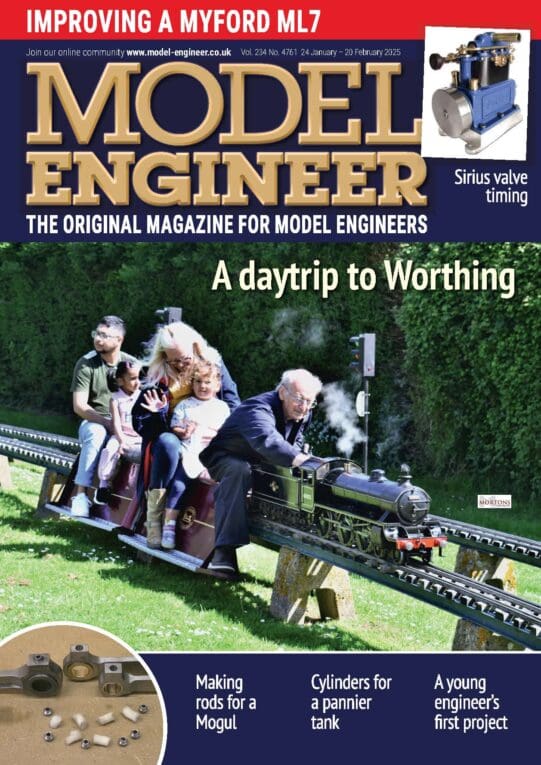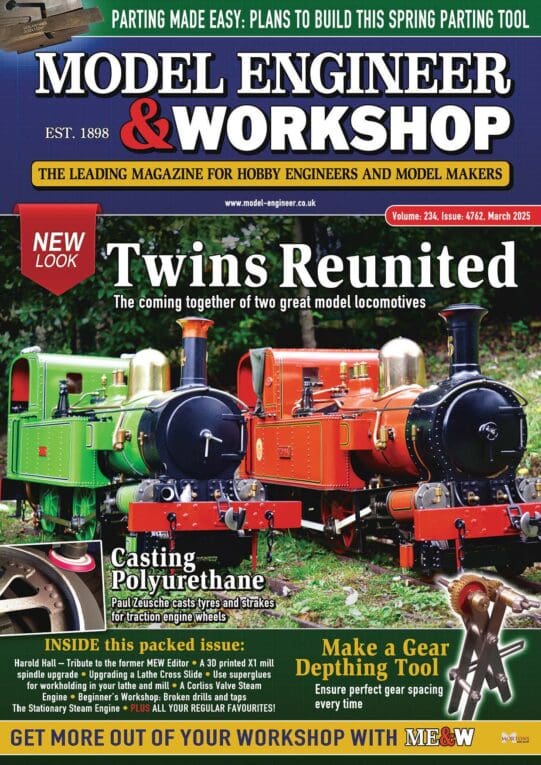Cabinet Rigidity (Myford ML7)
Cabinet Rigidity (Myford ML7)
- This topic has 16 replies, 10 voices, and was last updated 21 September 2024 at 13:47 by
Hopper.
Viewing 17 posts - 1 through 17 (of 17 total)
Viewing 17 posts - 1 through 17 (of 17 total)
- Please log in to reply to this topic. Registering is free and easy using the links on the menu at the top of this page.
Latest Replies
Viewing 25 topics - 1 through 25 (of 25 total)
-
- Topic
- Voices
- Last Post
Viewing 25 topics - 1 through 25 (of 25 total)
Latest Issues
Newsletter Sign-up
Latest Replies
- 3/16” BSF mill gib screws
- Electric Mobility
- Arceurotrade New Sieg SC4 Lathe.
- Centec 2b mill rebuild
- Martin Evans Metro
- Homemade Headstock Lathe 1 fondry work
- Recommended books for starting model engineering
- New Myford ML4 Owner in Need of parts
- Vickers Inverted Engine
- My week this week! My workshop videos









